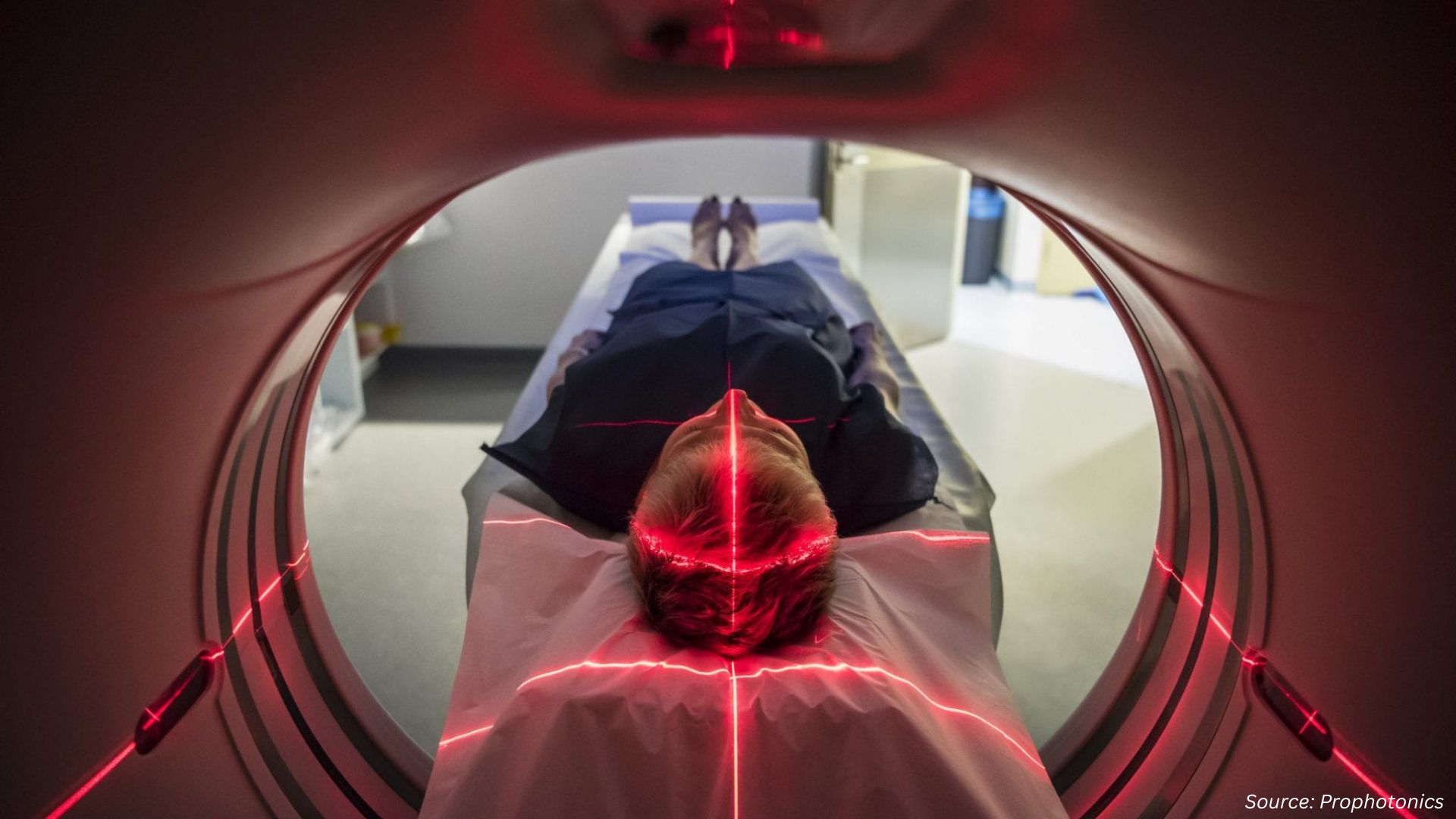Japan Cone-Beam Computed Tomography (CBCT) Systems Market is expected to reach USD 187.3 million by 2030
Published: 2025-04-19
The rising aging population in Japan are driving up demand for the Japan Cone-Beam Computed Tomography (CBCT) Systems market during the forecast period.
Japan Cone-Beam Computed Tomography (CBCT) Systems Market was valued at USD 89.2 million in 2024, and is predicted to reach USD 187.3 million by 2030, with a CAGR of 12.2% from 2024 to 2030, according to new research by Next Move Strategy Consulting.
The growth of the market is being propelled by the rising elderly population, who are prone to various oral and orthopedic ailments. As individuals age, they become more susceptible to dental issues like dental caries, gum disease, and oral cancer. CBCT scans are valuable for diagnosing and managing these conditions, thereby contributing to enhancing the quality of life for older adults.
For instance, in terms of the proportion of people aged 65 and above, Japan holds the leading position globally, surpassing Italy, which comes in second place at 24.1%, and Finland, which takes third place at 23.3%. The male elderly population in Japan amounts to 15.74 million individuals, constituting 26.0% of the total male population. Similarly, the female elderly population reaches 20.53 million, representing 32.0% of the overall female population.
However, the significant cost linked to the acquisition of Cone Beam Computed Tomography (CBCT) machines can act as a significant barrier to the growth of the CBCT market. The initial investment needed to acquire CBCT machines can be a deterrent, especially for healthcare facilities such as smaller clinics or practices with limited budgets. This elevated expense includes not just the purchase of the machine itself but also factors in costs associated with installation, maintenance, and training.
The financial challenges related to CBCT machines can impede their adoption, particularly in regions with limited resources or within healthcare environments where budget constraints are significant. This can lead to constraints on the availability and accessibility of CBCT technology, thereby hindering its widespread integration across various healthcare facilities.
On the other hand, the integration of Artificial Intelligence (AI) in CBCT software has the potential to revolutionize the field of imaging and significantly enhance the capabilities of CBCT technology. With AI algorithms, CBCT software can analyze and interpret images with greater precision and efficiency. These algorithms can be trained to automatically detect and segment anatomical structures, lesions, and abnormalities, providing valuable insights to clinicians. By automating these tasks, AI integration can save time and improve diagnostic accuracy, ultimately leading to more effective treatment planning.
Additionally, AI-powered CBCT software can simulate and visualize treatment outcomes, enabling clinicians to better plan and communicate treatment options with patients. Whether it's virtual implant placement, orthodontic treatment simulations, or surgical planning, the integration of AI in CBCT software offers new possibilities for personalized and optimized patient care. It holds the promise of streamlining workflows, reducing manual labor, and enhancing the overall efficiency and precision of CBCT imaging in various medical and dental applications.
Request for a Sample PDF on the Japan CBCT Systems Market
According to the report, leading players in the Japan Cone-Beam Computed Tomography (CBCT) Systems market include Vatech Co., Ltd., Carestream Dental, Hitachi High-Tech Group, Koninklijke Philips N.V., Acteon Group, J. Morita Mfg. Corp., Dentsply Sirona Inc., Genoray Co., Ltd., HDX WILL, Asahi RoEntgen Ind. Co. Ltd. and others.
Key Insights from the Japan Cone-Beam Computed Tomography (CBCT) Systems Market Report:
-
The information related to key drivers, restraints, and opportunities and their impact on the Japan Cone-Beam Computed Tomography (CBCT) Systems market is provided in the report.
-
The value chain analysis in the market study provides a clear picture of the roles of each stakeholder.
-
The market share of players in the Japan Cone-Beam Computed Tomography (CBCT) Systems market is provided in the report along with their competitive analysis.
















Add Comment